
| Recorded by: Jim Petranka and Becky Elkin on 2024-03-31
Madison Co.
Comment: | 
| Recorded by: Darryl Willis on 2023-03-20
Cabarrus Co.
Comment: |
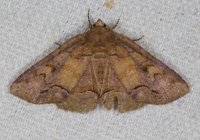
| Recorded by: Jim Petranka on 2022-06-29
Madison Co.
Comment: | 
| Recorded by: David George, L. M. Carlson, Stephen Dunn on 2022-06-04
Orange Co.
Comment: |

| Recorded by: Jeff Niznik on 2021-07-17
Wake Co.
Comment: | 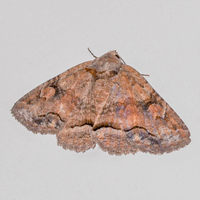
| Recorded by: Jeff Niznik on 2021-07-17
Wake Co.
Comment: |

| Recorded by: Darryl Willis on 2021-04-26
Cabarrus Co.
Comment: | 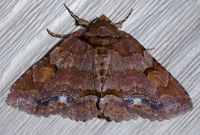
| Recorded by: Jim Petranka on 2020-05-17
Madison Co.
Comment: |

| Recorded by: Jim Petranka on 2020-03-27
Madison Co.
Comment: | 
| Recorded by: Darryl Willis on 2019-07-29
Cabarrus Co.
Comment: |

| Recorded by: Jim Petranka on 2019-06-28
Madison Co.
Comment: | 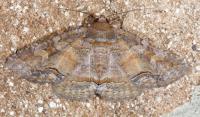
| Recorded by: Jim Petranka on 2019-06-19
Madison Co.
Comment: |
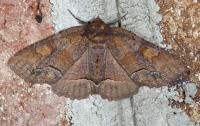
| Recorded by: Jim Petranka on 2019-04-17
Madison Co.
Comment: | 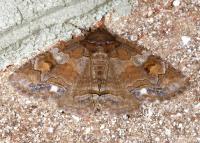
| Recorded by: Jim Petranka on 2019-04-05
Madison Co.
Comment: |

| Recorded by: Jim Petranka and Becky Elkin on 2019-03-24
Madison Co.
Comment: | 
| Recorded by: Darryl Willis on 2015-04-07
Cabarrus Co.
Comment: |
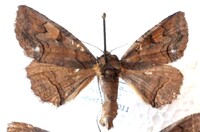
| Recorded by: Darryl Willis on 2013-08-26
Cabarrus Co.
Comment: | 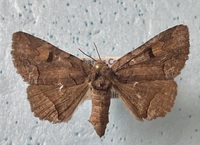
| Recorded by: Darryl Willis on 2013-07-21
Cabarrus Co.
Comment: |

| Recorded by: Darryl Willis on 2013-06-20
Cabarrus Co.
Comment: | 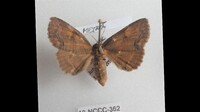
| Recorded by: Darryl Willis on 2013-04-14
Cabarrus Co.
Comment: |
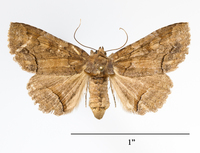
| Recorded by: JBS on 1996-06-18
Stokes Co.
Comment: Wingspan = 3.9 cm | 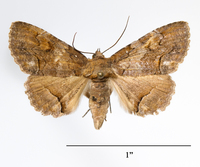
| Recorded by: JBS on 1996-06-18
Stokes Co.
Comment: Wingspan = 3.7 cm |
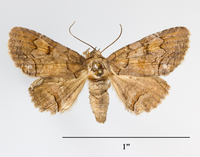
| Recorded by: JBS on 1996-06-18
Stokes Co.
Comment: Wingspan = 3.7 cm |

 »
»
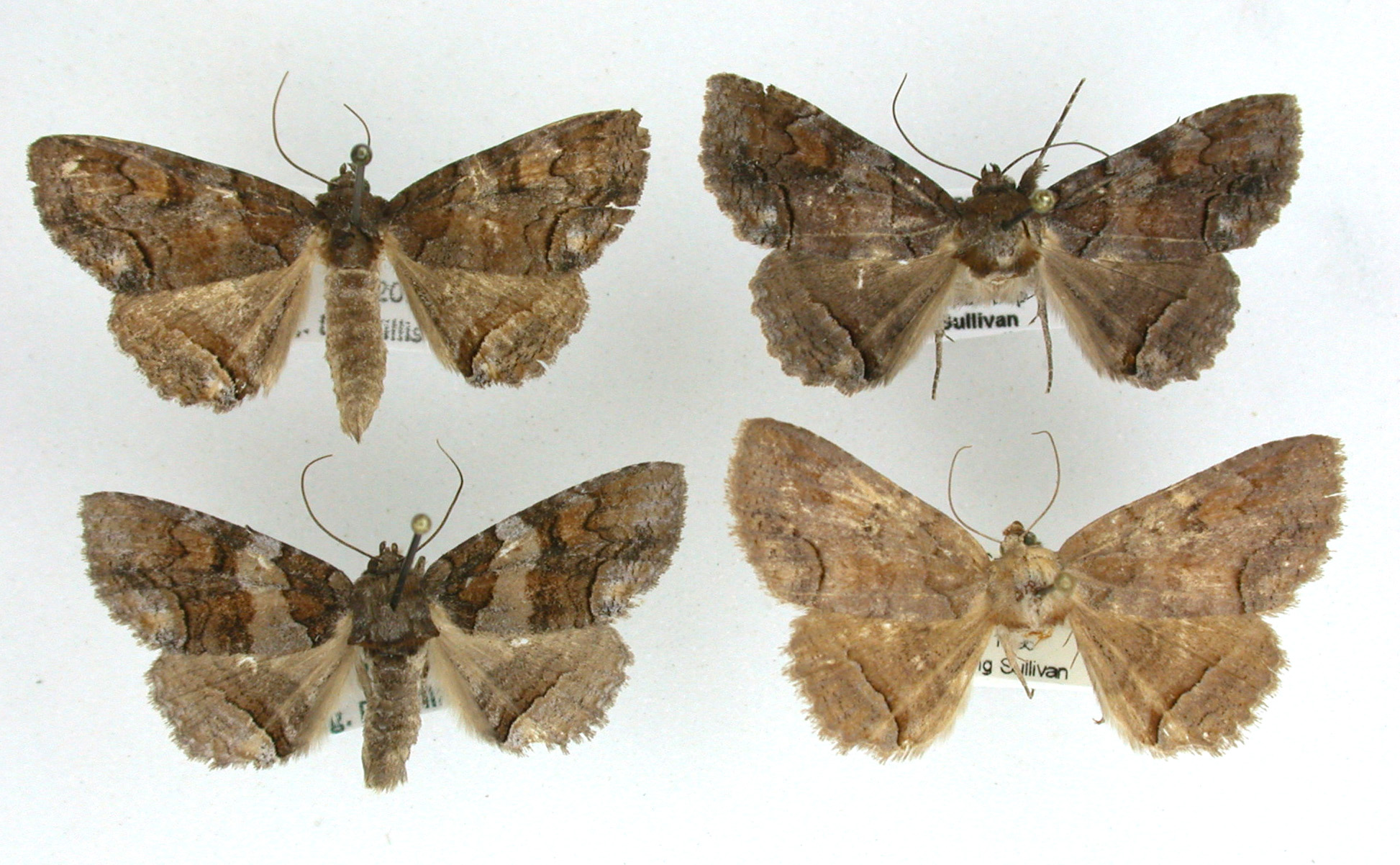



 »
»


